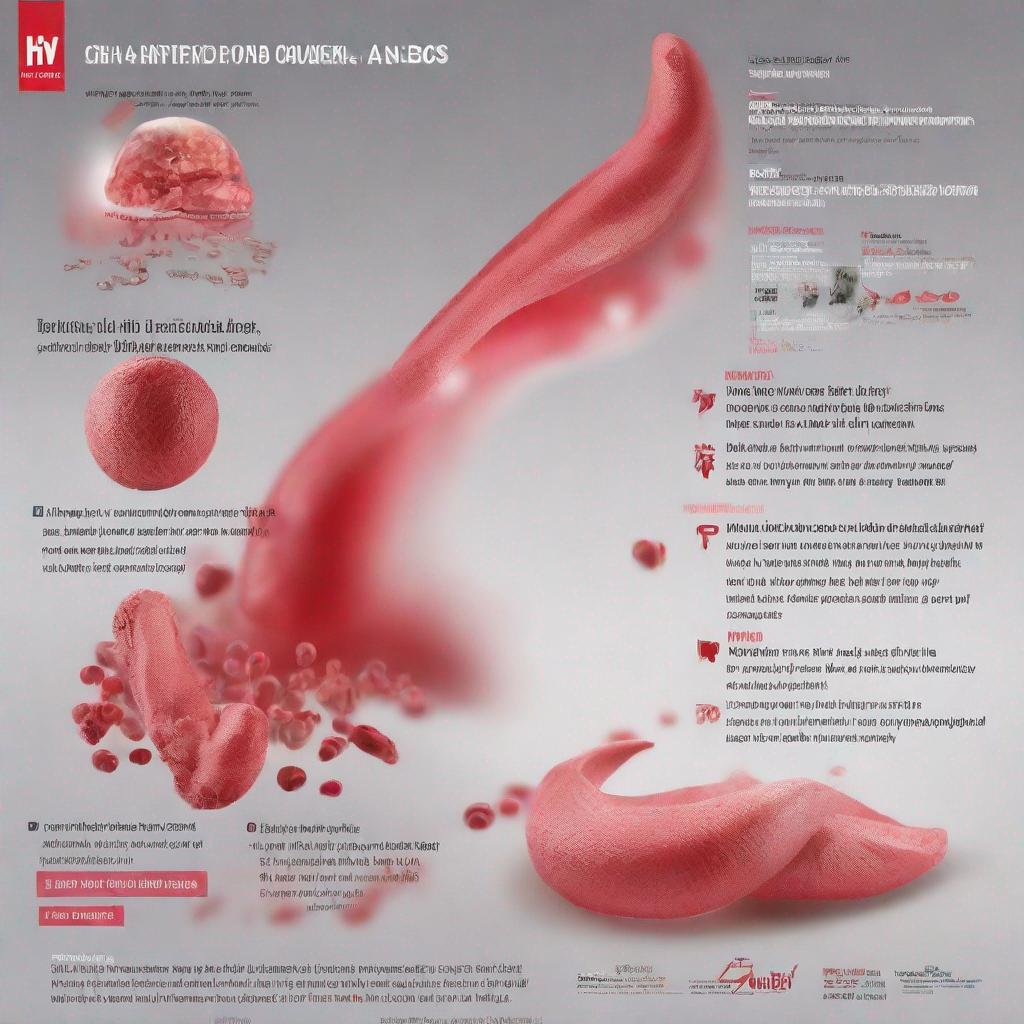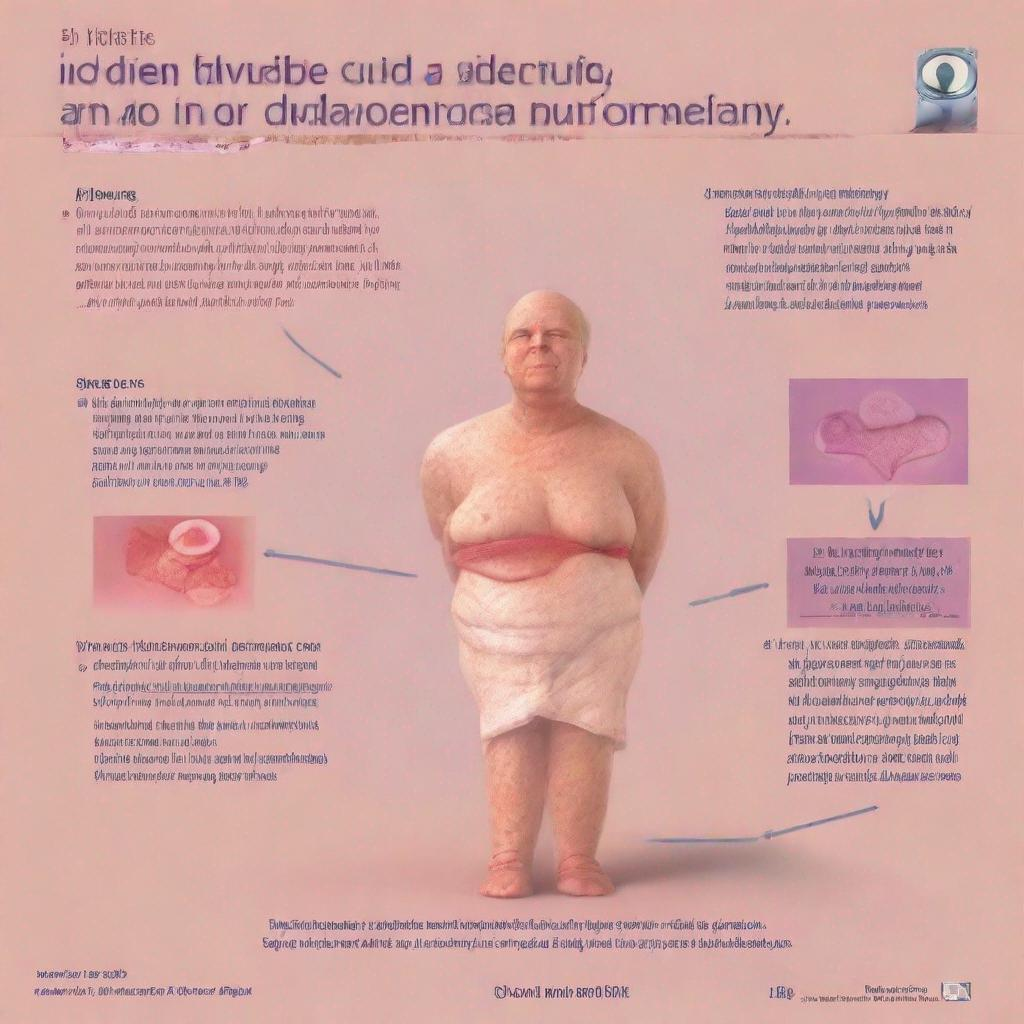## HIV/AIDS: A Comprehensive Guide
### Introduction
HIV/AIDS is a serious and potentially life-threatening disease that affects the **immune system**. HIV (Human Immunodeficiency Virus) is a virus that specifically targets and destroys **CD4 cells**, which are essential for the body’s defense against infections. As HIV progresses, it weakens the immune system, making individuals more susceptible to a wide range of **opportunistic infections** and other health conditions. AIDS (Acquired Immunodeficiency Syndrome) is the most advanced stage of HIV infection, when the immune system is severely compromised.
### Symptoms
**Acute HIV infection:**
– Fever
– Chills
– Rash
– Fatigue
– Swollen **lymph nodes**
– Night sweats
– Muscle aches
– Headaches
**Chronic HIV infection:**
– Confusion
– **HIV-associated neurocognitive disorders (HAND)**
– **HIV-associated wasting syndrome**
– Kaposi’s sarcoma (a type of skin cancer)
### Diagnosis
HIV infection is diagnosed through specific blood tests, including:
– **HIV antibody test**: Detects antibodies produced by the body in response to HIV.
– **HIV antigen test**: Detects HIV proteins (antigens) in the blood.
– **Viral load testing**: Measures the amount of HIV in the blood.
– **CD4 count**: Assesses the number of CD4 cells in the blood.
### Prevention
HIV can be prevented through various measures:
– Practicing safe sex (using condoms)
– Avoiding sharing needles or other drug paraphernalia
– Pre-exposure prophylaxis (PrEP): Taking antiviral medications to prevent HIV infection.
– Post-exposure prophylaxis (PEP): Taking antiviral medications after potential exposure to HIV.
### Treatment
HIV infection is treated with **antiretroviral therapy (ART)**, which involves taking a combination of medications to suppress the virus and prevent further damage to the immune system. ART includes:
– **Protease inhibitors**
– **Nucleoside reverse transcriptase inhibitors (NRTIs)**
– **Non-nucleoside reverse transcriptase inhibitors (NNRTIs)**
– **Entry inhibitors**
– **Integrase inhibitors**
### Complications
Untreated HIV infection can lead to severe complications, including:
– Opportunistic infections (e.g., pneumonia, tuberculosis, candidiasis)
– **HIV-associated neurocognitive disorders (HAND)**
– **HIV-associated wasting syndrome**
– Kaposi’s sarcoma
– Other cancers (e.g., non-Hodgkin lymphoma, cervical cancer)
### Epidemiology and Social Determinants of Health
HIV/AIDS continues to be a major global health concern, disproportionately affecting certain populations, including:
– Men who have sex with men (MSM)
– Sex workers
– People who inject drugs
– Transgender individuals
Social determinants of health, such as poverty, lack of access to healthcare, and stigma and discrimination, play a significant role in the transmission and progression of HIV/AIDS.
### Conclusion
HIV/AIDS is a complex and serious disease that requires comprehensive care and support. Early diagnosis and treatment are crucial for managing the infection and preventing complications. Continued research on HIV prevention, treatment, and vaccines is essential to mitigate the impact of this disease globally.



